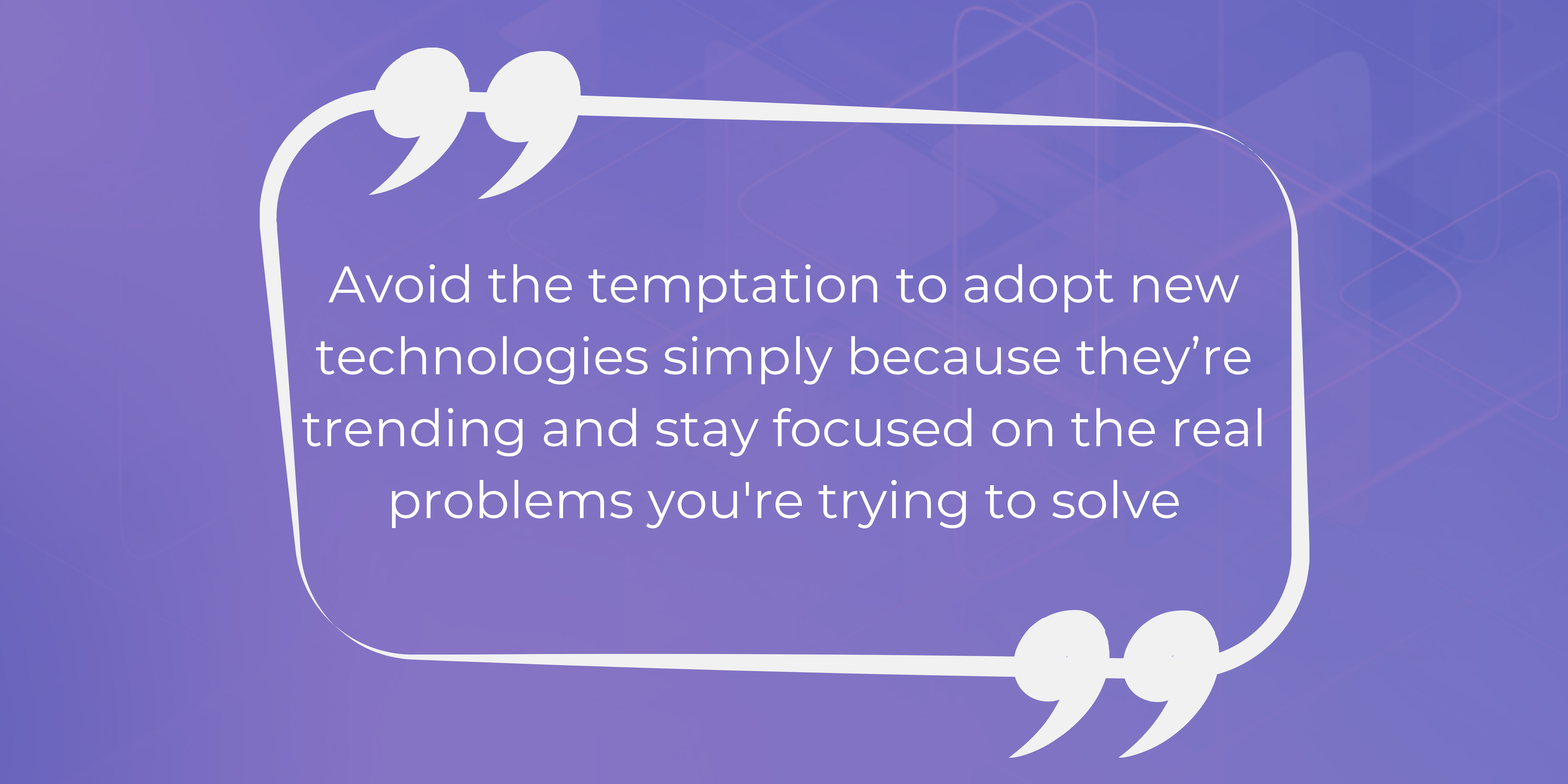Making technology work for justice: a conversation with Lauren Tombs
Digital • June 05, 2025 • Written by: Methods • Read time: 1 min

In an ever-evolving digital landscape, justice sector leaders are under increasing pressure to modernise services while ensuring they remain user-focused, resilient, and aligned with public needs. We sat down with Lauren Tombs, Head of Product Management at Methods, to get her perspective on how the sector can approach technology wisely - from asking the right questions of suppliers to avoiding common pitfalls like digitising broken processes.
Read on for practical insights into how justice organisations can make smarter, more impactful technology decisions.
What’s one piece of advice you’d give to justice leaders exploring new technologies?
Avoid the temptation to adopt new technologies simply because they’re trending and stay focused on the real problems you're trying to solve. Start by understanding user needs, pain points, and outcomes so that you can evaluate whether technology is the best option for achieving those outcomes. A solution-first approach risks solving the wrong problem, not fully understanding the route causes, as well as wasted time and investment. By focusing decisions on delivering meaningful value to users, you’re more likely to deliver solutions that improve outcomes for the people who use and deliver justice services every day.
What questions should buyers in the justice sector be asking when evaluating new technology suppliers?
Buyers should go beyond cost and functionality and ask critical questions such as:
- How do suppliers ensure solutions are future-proofed and adaptable to change through iterative delivery?
- How do suppliers ensure alignment with government service standards and principles?
- How do you ensure there is strong user-centred design approach when considering the implementation of new technology?
- How do suppliers ensure the safe retirement of legacy systems?
These questions would help ensure new technology suppliers aren’t just delivering software, but resilient, adaptable, and user-focused solutions that can evolve with justice sector needs.
What are the most common mistakes justice leaders make when integrating new technologies, and how can they avoid them?
A common mistake is ignoring data quality - poor data limits the impact of even the best technologies. Leaders should prioritise fixing data early on.
Another is digitising broken processes instead of redesigning them; technology should enable better services, not maintain outdated ways of working. Take time to redesign and improve processes before implementing new solutions.
Finally, without organisational buy-in, change can be difficult. Senior leaders must actively champion and support transformation to achieve lasting outcomes.